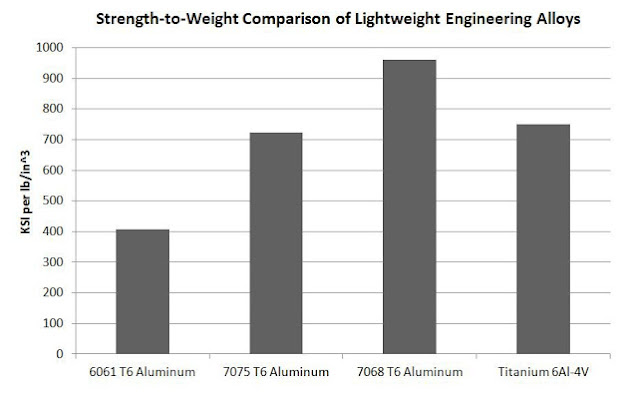Copyright 2021 Robert Clark
Did WHO wipe from its web site a positive ivermectin report for safety?
It was discussed on some online forums that WHO on it’s web site lauded ivermectin for its safety and effectiveness for treating parasitic disease:
Mass treatment with ivermectin: an underutilized public health strategy
However, when I went to the link on the WHO site recently, that page is no longer there. Note the link I gave above is the one from the archive.org site, a site that archives previous web pages.
The original link on the WHO site was:
https://www.who.int/bulletin/volumes/82/8/editorial30804html/en/
If you go to that link now though you’ll get an error message that WHO has been revamping its site since 2020 and some pages have been moved. However, I used the search function on the WHO site and that page no longer turns up.
So WHO acknowledges IVM’s safety for wide spread use. Then for a global epidemic it makes no logical sense to not allow its use under a doctors care, at least under an emergency use authorization.
Here’s a stunning fact when you think about it:
For COVID, IF your case is going to require hospitalization it will happen on average within 7 days of symptoms appearing.
Then IF a proposed medication really is successful for EARLY treatment of COVID-19, we will have evidence of that within days, indicated by the reduction of hospitalizations.
To me that is a stunning fact, if any of these proposed medications really is effective for EARLY treatment, then if they had been used wide-spread for EARLY treatment in the U.S. or other countries we would have known within days that they had indeed been successful. We would not have had to suffer through the pandemic for 18 months. It’s extent could have been radically cut within just days.
This shows why the single-minded focus of relying on RCT’s is severely misguided in the midst of a pandemic. RCT’s take 3 months or more to complete. That’s too long during a pandemic undergoing exponential growth.
WHO and other public health agencies are not considering this fact in their risk-benefit analysis, especially for repurposed drugs with well-known side-effect profiles: the risk is small but the benefits are profoundly important and could be confirmed within just days.
Here’s another way of seeing this: suppose we just now instituted a national treatment guideline that EVERYONE be giving IVM or some other proposed drug for EARLY treatment on first signs of symptoms. And suppose then within days we saw a drop in hospitalizations by 80%, i.e., by 1/5th, across the board, for every city and state, and for every race and socio-economic group we saw this drop.
Then proponents of RCT’s would still say it wasn’t real because it wasn’t conducted under the guise of an RCT.
Note this is not just idle speculation. What we have seen in India may be an indication of such a rapid drop in cases and fatalities when IVM is put in wide spread use.
COVID-19 CASES PLUMMET IN INDIA AS THEY DISTRIBUTE IVERMECTIN AND HYDROXYCHLOROQUINE
https://www.bitchute.com/video/j5X8oRUYbyHu/
Note now the Indian variant that was spreading rapidly then IS the delta variant predominant in the UK, Israel and building now in the U.S.
There was skepticism expressed by some that the effect in India could not be due to IVM because the drop occurred so rapidly after IVM being put in wide-spread use.
But that’s the ENTIRE point of the matter: since IF for a particular case COVID is to progress to the hospitalization stage, it will happen within days. Then if a medication can greatly cut this risk by EARLY treatment, its effectiveness will also be seen within just days.
Note too that such medications in their antiviral role if they really are effective as EARLY treatments quite likely will also be effective for prophylaxis. And that has indeed been seen to be the case for IVM. See for example this interview with a doctor actually treating patients with IVM in India:
Choosing and using ivermectin for covid-19 in India.
https://medicalupdateonline.com/2021/05/choosing-and-using-ivermectin-for-covid-19-in-india/
So imagine such a drug also being used wide-scale in a country for prophylaxis, and it cutting transmission also by, say, 80%, i.e., by 1/5th.
Then both these effects together prophylaxis and treatment will cut hospitalizations and fatalities by a factor of 1/25. This is now getting into the range of what vaccines can do, cutting severe cases and fatalities by double digits.
Since the effect can be seen so rapidly, to test it this doesn’t have to be put in effect across an entire country. Just put it in effect in some city of some size, for both treatment and prophylaxis.
I said WHO had earlier acknowledged ivermectins safety for mass treatment. But part of the reason it won’t grant its use for COVID treatment is the claim that not enough evidence supports its effectiveness. I have made this challenge to people I’ve corresponded with to perform their own judgement on this issue. The PubMed site has a listing of peer-reviewed published papers. Searching on there turns up literally dozens of published reports positive on ivermectins effectiveness:
As of now there are 210 reports listed under this search. That’s quite a lot of papers to review. So I’ve challenged anyone to pick any 10 at random. Here’s a random number generator page: random.org. Set the max range of numbers to pick from at 210. Use the generator 10 times to come up with 10 numbers at random from 1 to 210 and select those papers to review. Count now how many papers are positive, negative, and neutral. You’ll find the reports are overwhelmingly positive for ivermectins usefulness.
It is simply unreasonable to suppose all those reports are finding positive effects just by coincidence.
Robert Clark













